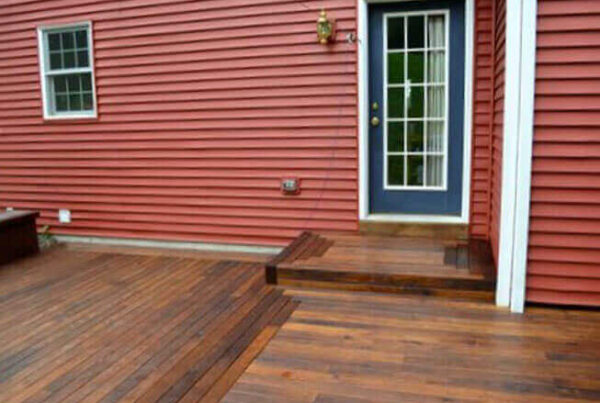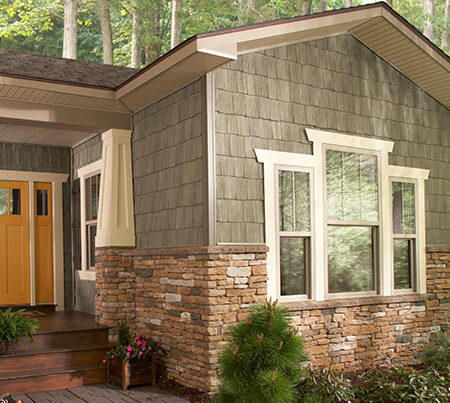Cutting MoistureShield composite railings is a straightforward task that requires the right tools, proper safety precautions, and careful measurement to ensure clean and precise cuts. Here’s a comprehensive guide to cutting composite railings effectively:
1. Tools You’ll Need
To achieve smooth, accurate cuts, gather the following tools:
- Miter Saw or Circular Saw: A miter saw with a fine-tooth carbide-tipped blade is recommended for composite materials. This type of blade is specifically designed to handle composite decking and railings, ensuring clean edges without splintering.
- Measuring Tape: Accurate measurements are crucial for fitting your railings.
- Pencil or Marker: Use this to mark the cutting lines on the composite railing.
- Safety Gear: Always wear safety glasses, gloves, and hearing protection while cutting.
2. Measure and Mark the Composite Railing
Measure the length of the composite railing and mark the cut line with a pencil or marker. Ensure that your measurements are exact and double-check the length before cutting. Measuring twice and cutting once is always a smart practice to avoid mistakes.
3. Secure the Railing
Place the composite railing securely on a stable surface, such as a workbench or miter saw stand. It’s important to clamp the railing in place to prevent it from shifting during the cut, which could lead to uneven cuts or dangerous accidents.
4. Cut the Composite Railing
Using your miter saw or circular saw, position the blade at the marked line. Slowly and steadily guide the saw through the composite material. It’s important to maintain a firm grip and consistent speed to ensure a smooth cut without jagged edges. Avoid pushing the saw too quickly through the material, as this can lead to rough or uneven cuts.
5. Smooth the Edges
After making the cut, check the edges of the composite railing. If there are any rough spots or splinters, use sandpaper or a sanding block to smooth them out. Smoothing the edges creates a professional, clean finish that improves the overall appearance of your railing system.
6. Final Fitting
Once the composite railing is cut to size, dry-fit the piece to ensure it fits perfectly within the railing system. This will allow you to make any adjustments before securing the railing permanently.
Additional Tips for Cutting Composite Railings
- Use a Fine-Tooth Blade: Always choose a fine-tooth or carbide-tipped blade designed for cutting composite materials. This will minimize chipping and provide a smooth finish.
- Account for Expansion and Contraction: Composite materials expand and contract with temperature changes, so be sure to leave space for this when cutting and fitting the railings.
- Work in Ideal Conditions: Cutting composite railings in moderate temperatures (50-70°F) can prevent material from becoming too brittle or soft, ensuring cleaner cuts.
Safety Considerations
Safety is paramount when cutting composite railings:
- Wear Protective Gear: Always wear safety goggles, gloves, and hearing protection while cutting. This will protect you from flying debris and loud saw noises.
- Secure Your Work Area: Make sure your cutting surface is stable, and clamp the railing down to prevent it from moving during the cut.
- Keep Your Work Area Clean: Remove any clutter from your workspace to avoid tripping or accidental damage to materials.
Conclusion
Cutting MoistureShield composite railings is a simple task when you have the right tools and follow best practices. By taking careful measurements, using a fine-tooth saw blade, and finishing the edges properly, you can achieve a clean and professional-looking result. Sherwood Lumber offers a wide range of MoistureShield products and expert guidance to help you complete your outdoor projects efficiently and safely.











